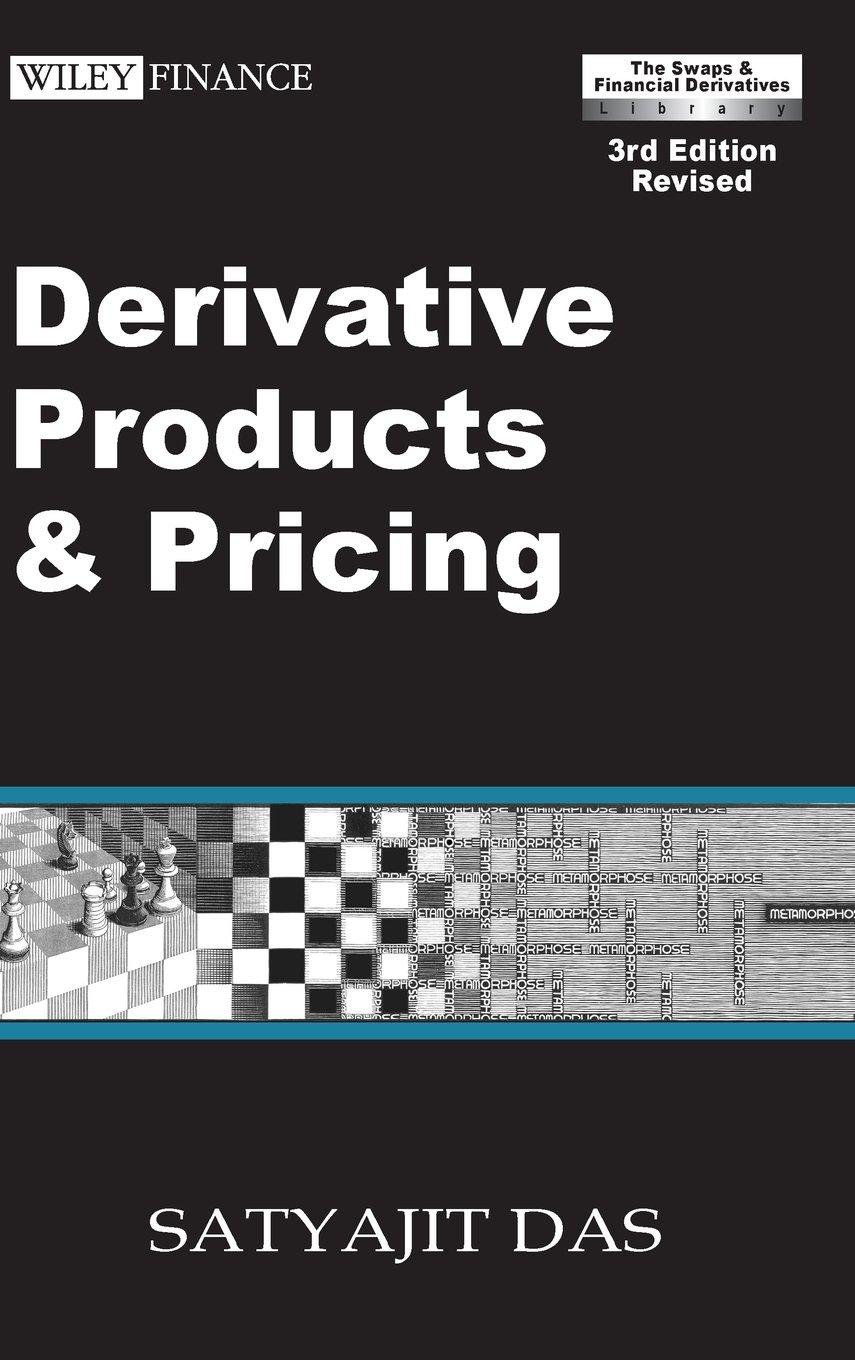Question
During the immediately preceding 4 years, the annual dividend paid on the RAVIs common stock has grown from $3.78 to $4.60 (Do), or a little
During the immediately preceding 4 years, the annual dividend paid on the RAVIs common stock has grown from $3.78 to $4.60 (Do), or a little over a dollar, which equates to approximately a five percent (5%) growth rate. Carlos Ruiz believes that without a proposed investment, the historical annual dividend growth rate will continue into the future. Currently the required rate of return on the common stock is 13% and the stock price is $60.38.
Carlos Ruiz research indicates that if a proposed expansion is undertaken, the annual rate of dividend growth will rise. He feels that in the best case, the dividend would continue to grow at this rate each year forever into the future. Or, essentially, that he would replace this expansion project with a similar project repeatedly in the future. In the anticipated case, the higher annual rate of dividend growth would continue for only two years, and then at the beginning of the third year the dividend growth rate would return fall back to a more normal level. In the worst case, the firms growth rate would drop over time due to the use of valuable managerial resources managing inventory assignment across RAVI and the losses incurred if the economy were to deteriorate in a world where it had amassed extra inventory. As a result of the increased risk associated with the proposed risky investment, the required rate of return on the common stock is expected to increase by 1% to an annual rate of 14%. This required rate of return applies regardless of which dividend growth outcome occurs.
Armed with the preceding information, Carlos has tasked you with assessing the impact of the proposed risky investment on the market value of RAVIs stock. In this scenario analysis, your examination has shown that the best case scenario is likely to happen 20 percent of the time, anticipated case 65 percent of the time, and worst case 15 percent of the time. {Note on grading: Correct prices have the correct inputs, so you should report the inputs (D1, D2, D3, rs, g) in computing Po. Reporting inputs also allows you to earn partial credit in instances wherein you have not computed the correct share price.}
So far, you have computed the Best case value of $100.28, assuming the dividend will grow to $5.014, a required return of 14 required rate of return, and a 9 percent growth rate that is expected to last forever in the Best case scenario. The resulting equation is: ($4.60 x 1.09)/ (0.14 0.09). You still need to compute the pricing in the Anticipated case and Worst case scenarios.
1. Anticipated case. Estimate RAVIs price under the Anticipated scenario, which is two years of above normal 8 percent growth and then returning to the long-run average of 5 percent growth. (6 points)
2. Worst case. Recalculate the current price assuming that project is undertaken and that in addition to the required return rising, costs exceed revenues after the initial customers are satiated. Hence, the growth rate for the overall company is only 6 percent for one year, falls back to 5 percent in Year 2, and then drops to 2 percent from that point onward. (6 points)
3. In the Executive Summary, summarize your findings. Discuss the gain or loss in value in the Anticipated case and Worst case scenarios Include a weighted average of the expected stock price (i.e., Summation of probability times price in a given outcome), relative to the current stock price. (3 points)
Step by Step Solution
There are 3 Steps involved in it
Step: 1

Get Instant Access to Expert-Tailored Solutions
See step-by-step solutions with expert insights and AI powered tools for academic success
Step: 2

Step: 3

Ace Your Homework with AI
Get the answers you need in no time with our AI-driven, step-by-step assistance
Get Started


